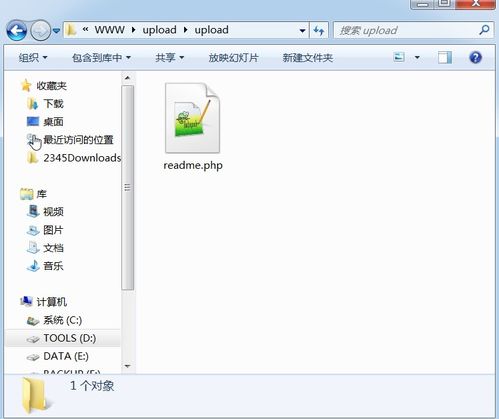Title: Exploring Multithreading in PHP
In the realm of web development, PHP stands as a stalwart, powering a significant portion of the internet. While traditionally known for its synchronous execution model, PHP has evolved to incorporate features that enable concurrent processing, including multithreading. In this exploration, we delve into the realm of multithreading in PHP, understanding its concepts, implementation, and best practices.
Understanding Multithreading
Multithreading refers to the ability of a program to execute multiple threads concurrently, allowing for improved performance and responsiveness. Each thread represents a separate flow of execution within the same process, enabling tasks to run in parallel.
Multithreading in PHP
PHP, by default, is not multithreaded in the same way as languages like Java or C . However, there are ways to achieve multithreadinglike behavior using extensions or libraries.
Using pthreads Extension
The pthreads extension provides multithreading support in PHP by implementing POSIX threads. It allows developers to create and manage multiple threads within PHP scripts.
```php
class MyThread extends Thread {
public function run() {
// Thread logic
}
}
$thread = new MyThread();
$thread>start();
```
Swoole Extension
Swoole is an eventdriven asynchronous networking framework for PHP, which also supports multithreading. It offers a coroutinebased concurrency model that can handle massive numbers of connections with minimal overhead.
```php
$server = new Swoole\Http\Server("0.0.0.0", 9501, SWOOLE_BASE);
$server>on('Request', function ($request, $response) {
// Handle request asynchronously
});
$server>start();
```
Best Practices
When implementing multithreading in PHP, it's essential to adhere to best practices to ensure optimal performance and reliability.
1.
Thread Safety
: Ensure that shared resources are accessed safely to prevent race conditions and deadlocks. Utilize locking mechanisms such as mutexes and semaphores where necessary.2.
Resource Management
: Properly manage resources within threads to prevent memory leaks and excessive resource consumption. Always release acquired resources when they are no longer needed.
3.
Error Handling
: Implement robust error handling mechanisms to gracefully handle exceptions and errors that may occur within threads. Logging and monitoring are crucial for identifying and debugging issues.4.
Performance Optimization
: Optimize thread execution by minimizing unnecessary overhead and maximizing parallelism. Profile your code to identify performance bottlenecks and optimize critical sections.5.
Testing and Debugging
: Thoroughly test multithreaded code under various conditions to ensure correctness and reliability. Use debugging tools and techniques to identify and resolve issues efficiently.Conclusion
Multithreading in PHP opens up new possibilities for concurrent and parallel processing, allowing developers to build highperformance and scalable applications. By understanding the concepts and best practices outlined in this exploration, developers can leverage multithreading effectively to enhance the performance and responsiveness of their PHP applications. Whether through extensions like pthreads or frameworks like Swoole, the realm of multithreading in PHP offers exciting opportunities for innovation and optimization.











